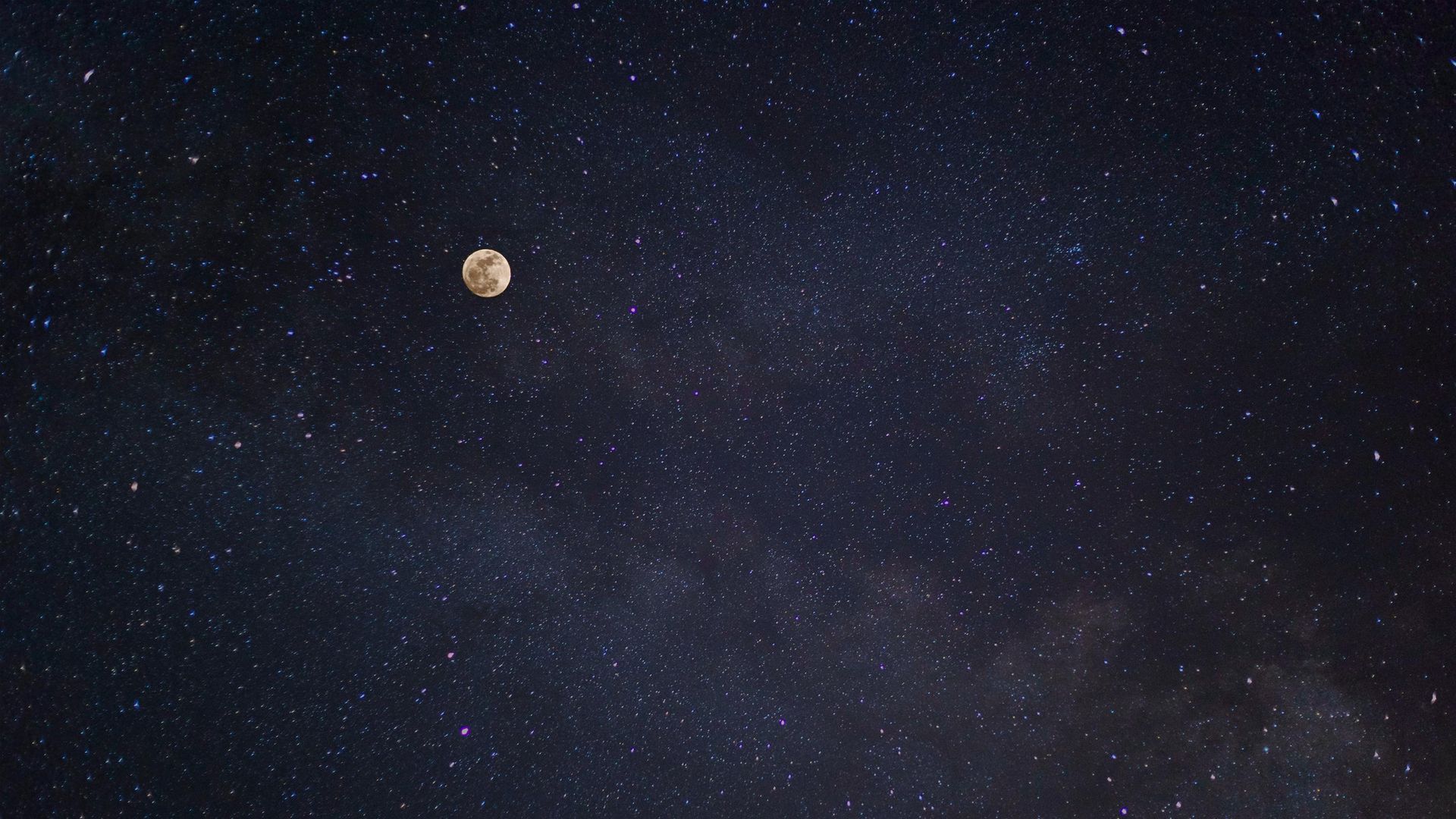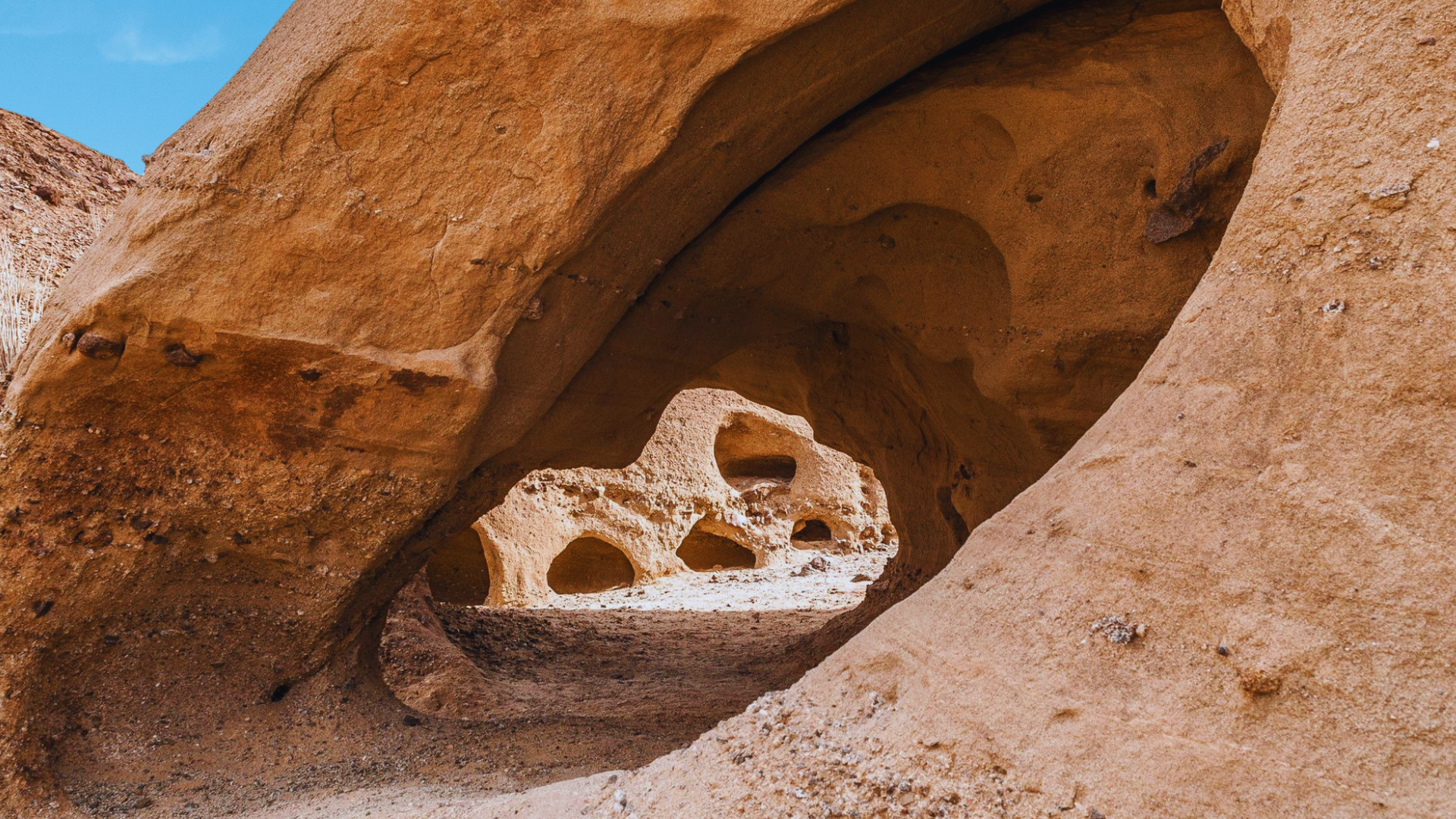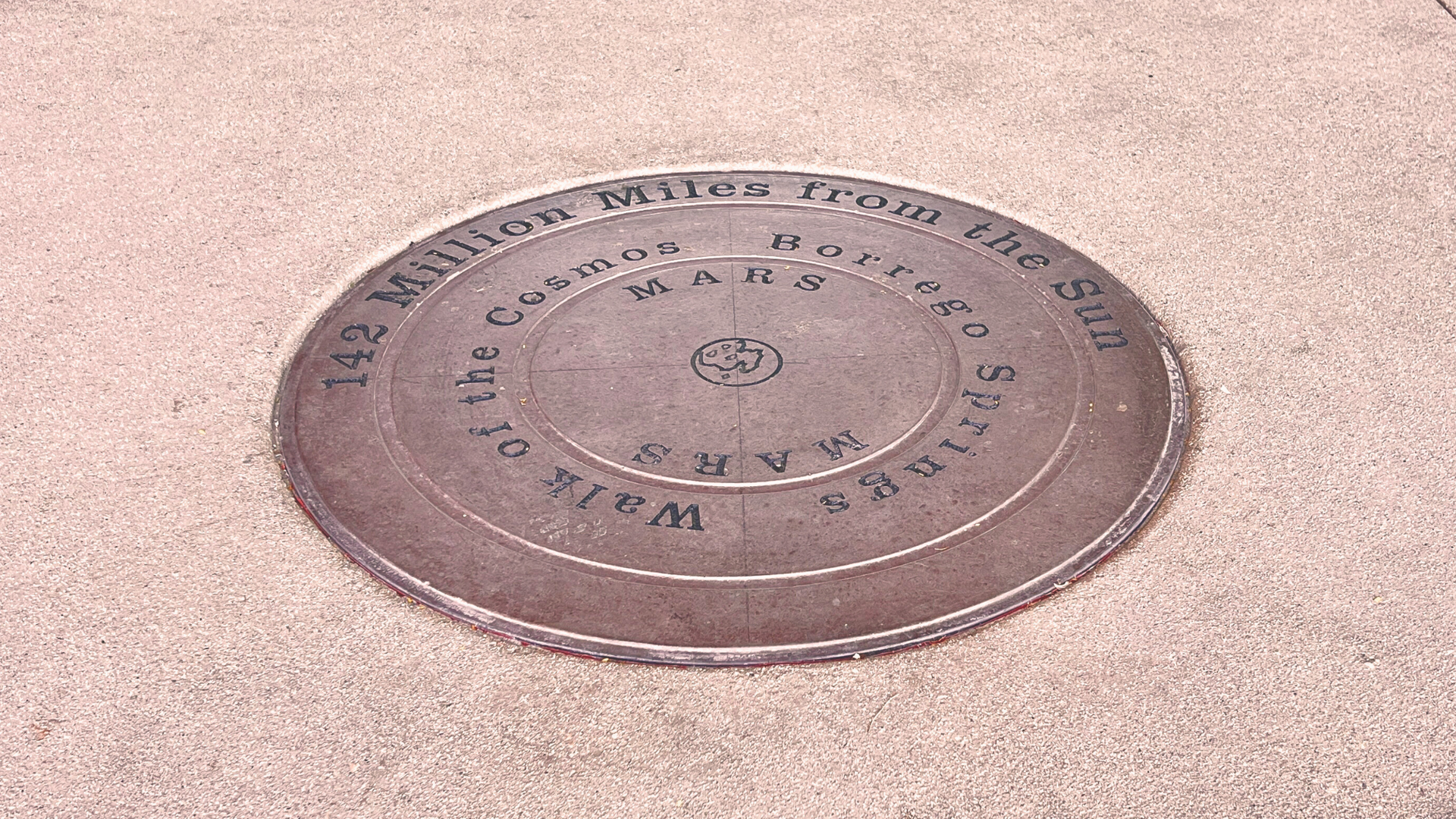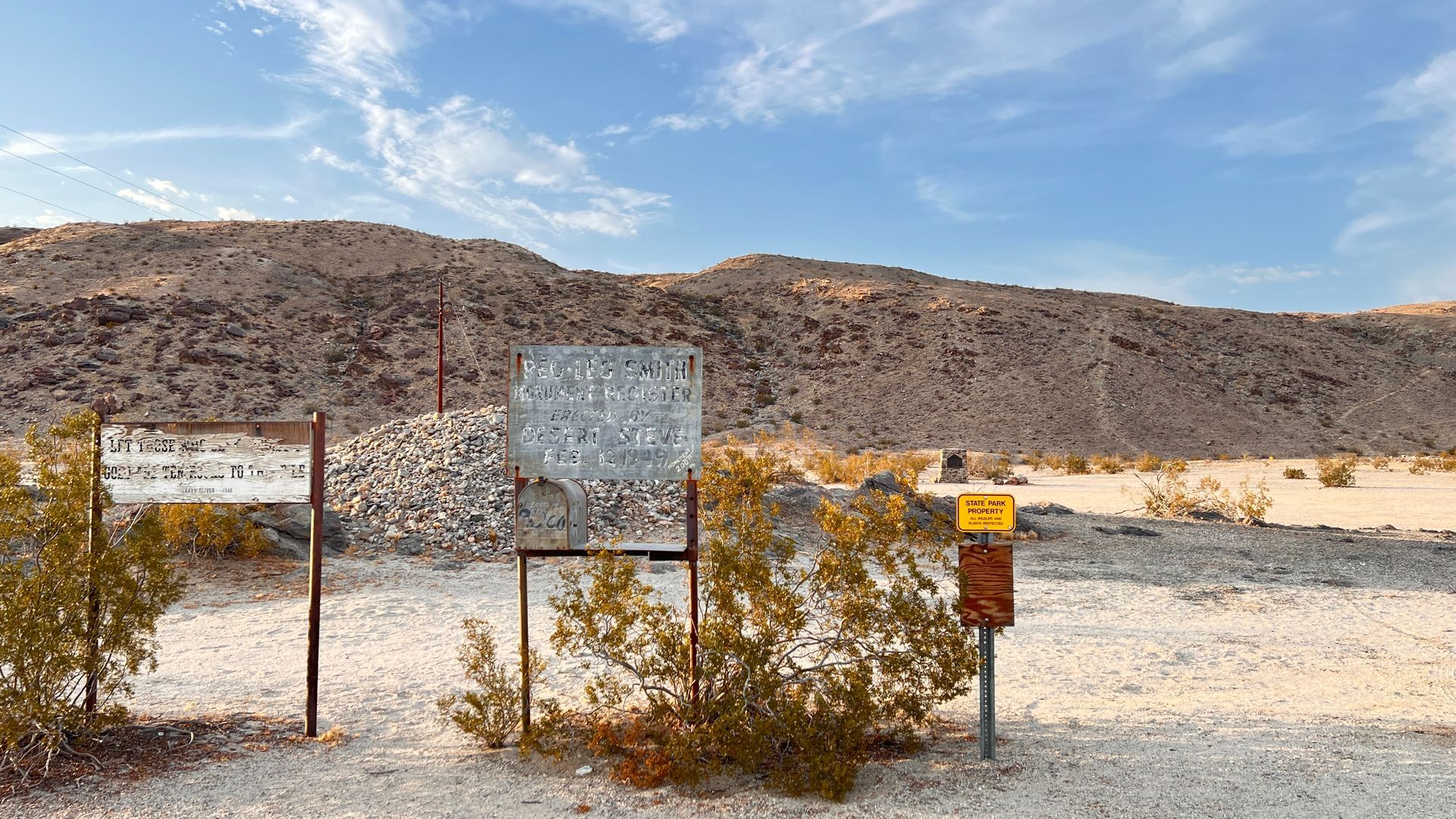Why Does the Star Sirius Flicker?
Share

The Marvel of Sirius: Unveiling the Dog Star
Sirius, often called the Dog Star, is the brightest star visible from Earth and is part of the constellation Canis Major. It has an apparent magnitude of -1.46, making it nearly twice as bright as the next brightest star, Canopus. This stellar system is located about 8.6 light-years away from Earth, making it one of our closest stellar neighbors (StarFacts) (The Planets).
Why Does Sirius Twinkle?
The twinkling of Sirius, like other stars, is due to atmospheric distortion. As the light from Sirius passes through Earth's atmosphere, it is refracted by different air layers with varying temperatures and densities. This effect is more noticeable for Sirius because of its brightness and when it is observed low on the horizon, where the atmospheric distortion is greatest.
Interesting Facts About Sirius
- Binary Star System: Sirius is a binary star system consisting of Sirius A, a bright main-sequence star, and Sirius B, a faint white dwarf. Sirius A is about 25 times more luminous than the Sun and twice as massive, while Sirius B, though much smaller and dimmer, is hotter than Sirius A.
- Cultural and Historical Significance: Sirius has been significant in various cultures throughout history. The ancient Egyptians associated it with the goddess Isis and used its heliacal rising to predict the annual flooding of the Nile. The Greeks and Romans linked its appearance to the hottest days of summer, known as the "dog days." In Polynesian navigation, Sirius played a crucial role due to its brightness and position in the sky.
- Physical Characteristics: Sirius A has a surface temperature of approximately 10,000°C and is 1.71 times the diameter of the Sun. Sirius B, the companion star, is a white dwarf and the first of its kind to be discovered, with a mass comparable to the Sun but a size similar to Earth.
- Observational Highlights: Sirius can sometimes be seen during the day if the observer is at a high altitude and the Sun is low on the horizon. The system's brightness is expected to increase over the next 60,000 years as it moves closer to our solar system, before gradually dimming as it moves away.
For a deeper dive into the details about Sirius and its significance, check out Sky & Telescope and The Planets.
Learn More About Borrego Springs





















